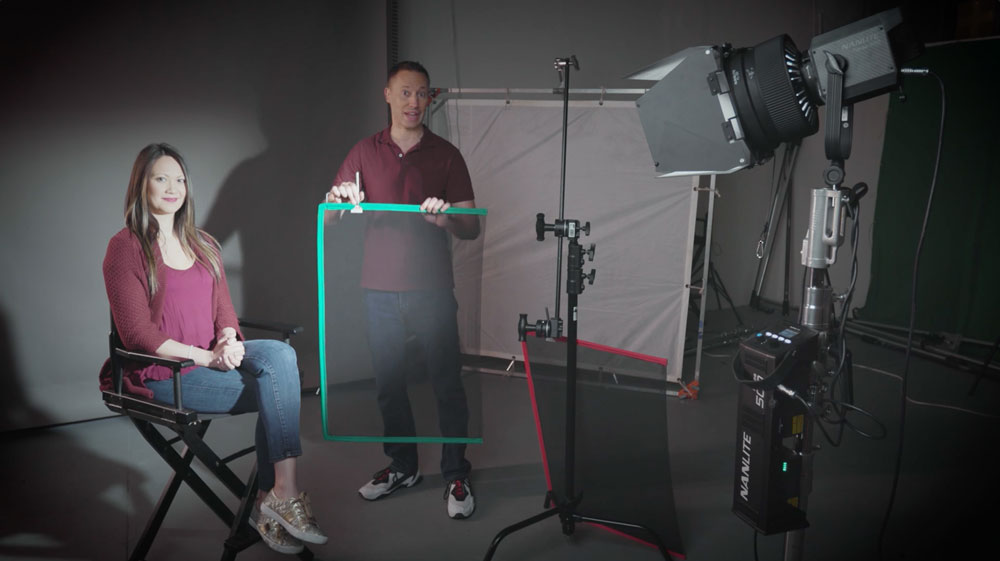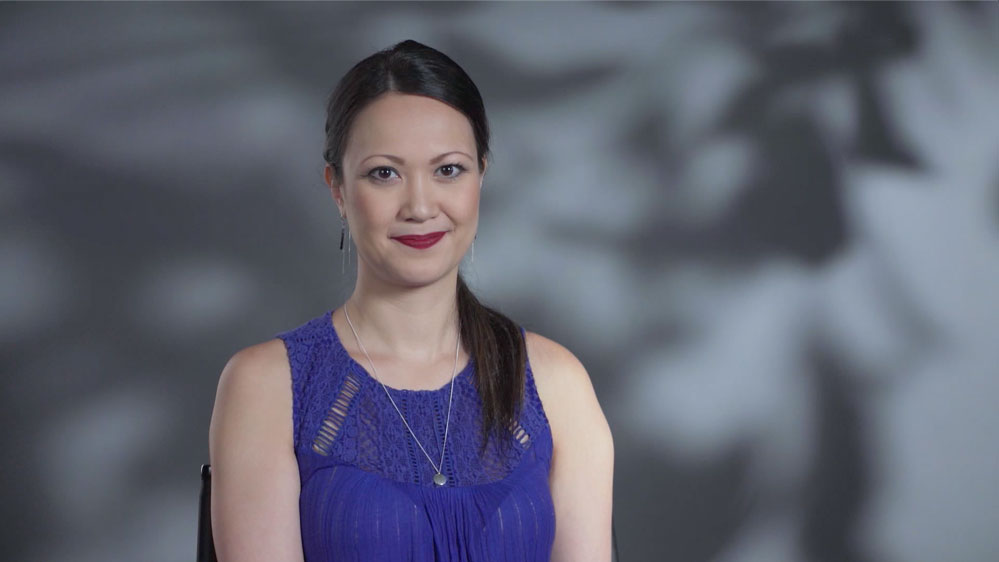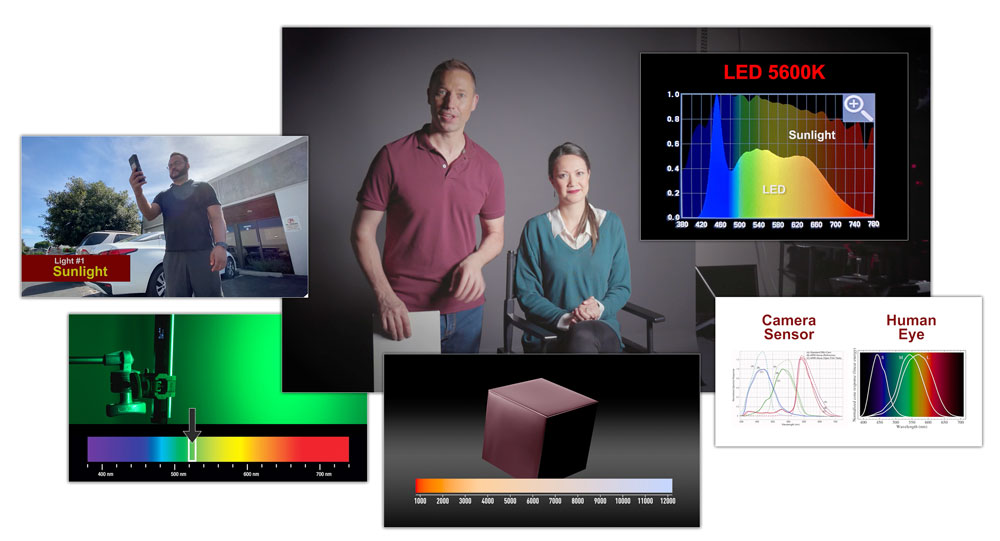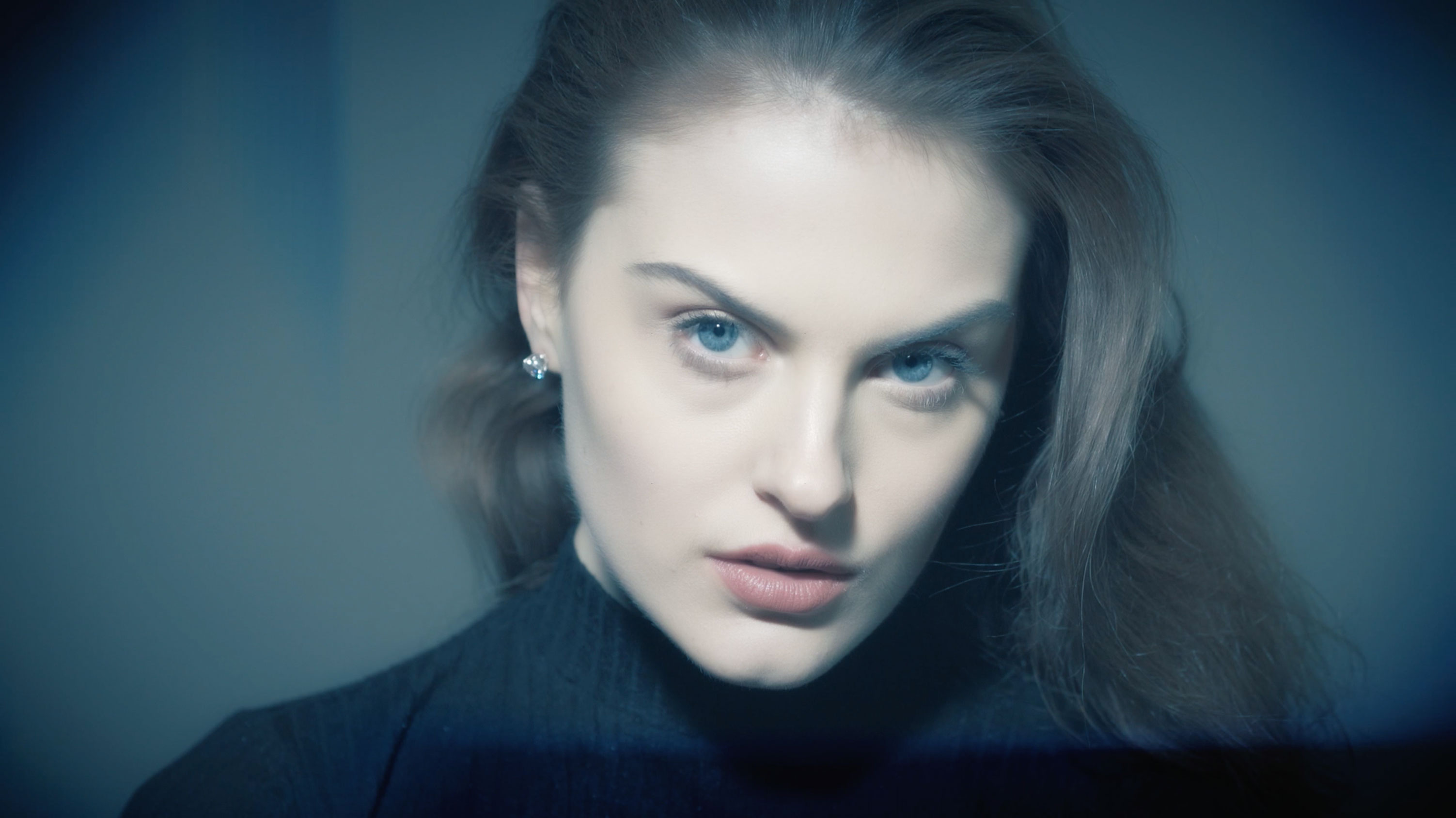
Cinematic Lighting Master Course
View all courses- This course is open for Lifetime Access
- 34 lesson series
- Certificate of completion
- 10 hours, 46 minutes of video
$399.00
JOIN NOWLighting is the single most important skill in achieving a professional, cinematic look to your footage. In this course, working Hollywood filmmakers teach you the tools, skills, and techniques to elevate your productions to the next level.
In this comprehensive online course, you will learn:
- How to measure light
- Work with the dynamic range and latitude of your camera
- Master the Inverse Square Law

- Tools and techniques to reduce light:
- Working with wire scrims
- Working with dimmers
- Remotable Wi-Fi dimming options
- Solids, cutters, and floppies
- Creating negative fill
- Lensers and Courtesies
- Protecting fabric scrims
- Scrim and C-stand rigging safety
- Neutral Density gel on windows
- Tools and techniques to soften light
- How to control the size of a light source
- Using Fresnels to craft the spread of light
- Controlling wraparound
- Working with diffusion on barn doors
- Working with soft boxes and Chimeras
- Skinning 4x4s
- Working with 6×6 overheads
- How to control spill from soft light sources
- Real world demo

- Tools and Techniques to Shape Light
- The power of shadows
- Creating internal vs external shadows
- Benefits and drawbacks of barn doors
- Working with black wrap
- Egg crates and louvres
- Flags and solids
- Creating gobos
- Working with a cucoloris and brancholoris
- Building duvatyne skirts
- How to work with reflected and bounced light
- Factoring in the Inverse Square Law
- Foam core and bead board
- Collapsible reflectors
- Shiny boards
- Physics of reflected light
- Bouncing light off ceiling
- Working with overheads
- Shaping hair lights
- Working with mirrors

- How to work with color temperatures and white balance
- Defining how a camera sees white
- The Kelvin scale – origins and how it’s used
- How the imaging sensor sees color
- Measuring light sources with a spectrometer
- White balancing techniques
- How to cheat white balance
- How to use gels to color correct light sources
- Light loss calculations through gels
- Working with LEDs
- Working with sunlight
- How to gel windows
- How to professionally light and shoot green screen
- When to choose green or blue
- Differences between chromakey and digital blue/green
- Shooting in a studio vs on location
- How to light green screen (space lights, cyc lights, LED, Kino-Flo, book lights)
- How the bit depth and compression affect a key
- Capturing in LOG vs REC709
- How to expose actors
- How to reduce spill and create a cleaner key

- Three point lighting techniques, variations, and real world applications
- The attributes of light and how to control each of them on set
- The roles, duties, and responsibilities of the members of the Electric Department
- The gaffer
- Best Boy Electric
- Electricians
- Plus, how to select and use common light sources, their benefits and drawbacks, including:
- Tungsten lighting
- HMI lighting
- Kino-Flo fluorescent lighting
- LED lighting
Engaging on-set video tutorials coupled with extensively illustrated reference guides help you learn and apply techniques used by top Hollywood filmmakers on the TV shows and movies you watch every day.
The lessons

































